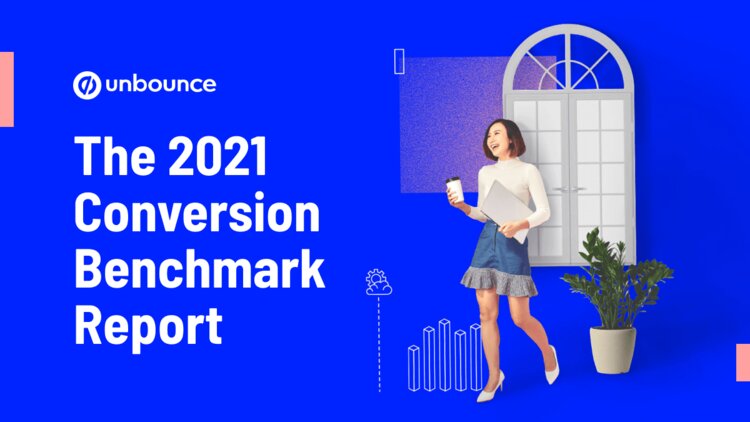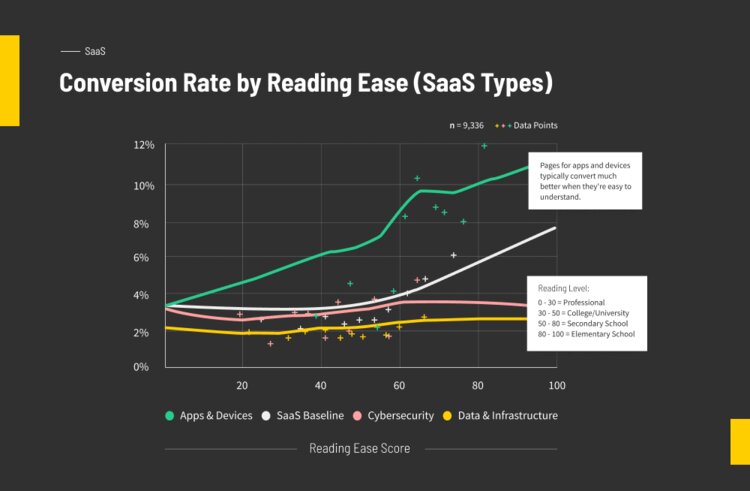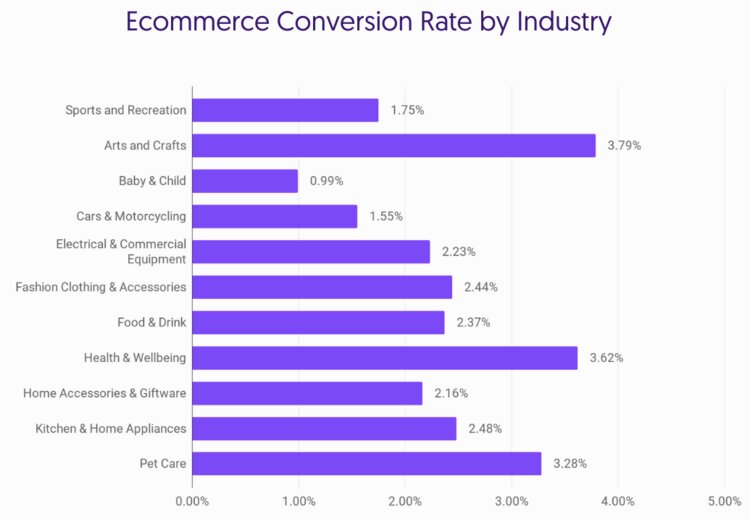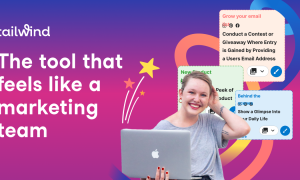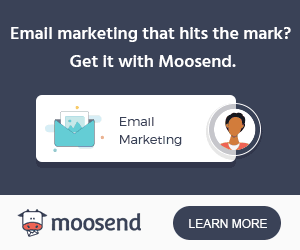A benchmark report helps us analyze the conversion rates of our website. It ensures the leads can be increased and makes us reduce any chances of error or discrepancies. Many different industries can review their practices and improve on them. There are graphs and other such visuals that make understanding the report.
What is Benchmark Report and Why does it Matter?
Benchmarking is the method of measuring a company’s organizational procedures and efficiency metrics to industry bests and best practices. Quality, time, and expense are three dimensions that are commonly calculated. The Benchmark report provides the benchmarking results. With this report, companies can compare their strategies and plan to improve their website accordingly.
The company can even have basic and standard conversion rates of other companies to have a proper understanding. Benchmark Reports matter to the companies that want to improve themselves. It provides the reasons why your website has less conversion rates and fewer leads. It provides fresh changes that can be done on the website.
They take away all the unnecessary work of analyzing and compiling ant discrepancies in the website and ensure you get a proper review of everything. While much of the material in your article would be consumed by your target group, it’s helpful to allow them to share it with their bosses, who also have final decision-making and financial control when it comes to a procurement decision.
Benchmarking assists businesses in overcoming complacency. To remain competitive in the industry, they aim to develop their success levels regularly. Benchmark report aids organizations in identifying the places where there is the most disparity between their quality and that of the market.
Check out the Exclusive Report
Unbounce Conversion Benchmark Report for Industries
Various businesses have found the Unbounce conversion benchmark report for 2021 to be quite useful. Almost every industry evaluated by Unbounce showed a greater median conversion rate than the previous year.
In 2020, there was a significant increase in emotional language on landing pages, particularly for negative emotions like disgust. All of these evaluations are necessary to determine how much traffic will be required to visit websites and industries in general. With its conversion report, the Unbounce conversion benchmark report aided sixteen sectors in total.
Here are some of the industries that were represented in the report and how it aided them.
1. Key Insights for SaaS
Software as a service (SaaS) is a software licensing and delivery paradigm in which software is licensed and hosted centrally on a subscription basis. On-demand software is a term used to describe this type of software.
The following is how the SaaS was incorporated in the study and how it benefited the industry.
- SaaS websites sometimes feature hundreds of distractions and are seldom tailored to a single client group or use case. As a result, having relevant campaign pages is critical.
- SaaS developers must maintain a laser-like concentration on their work: the product. They require the ability to conduct marketing campaigns without relying on a front-end developer to carry out their concept.
- They require lead generation forms that work in tandem with their present technology.
- For increased traffic, it is also preferable to have adequate readability and cohesiveness.
- The landing page must have a higher emotional value since it ties the visitor to the site and its aim.
- It’s also been shown that email visitors are more inclined to fill out forms.
2. Key Insights for Ecommerce
E-commerce is the electronic purchase and sale of things via the Internet utilizing online services. The benchmark research for the e-commerce industry stated the following critiques and recommendations:
- On the industry websites, distracting navigation, one-size-fits-all messaging, and contradicting CTAs continue to stymie a shopper’s buying momentum.
- Due to tough website modifications and technological restrictions, their ability to offer discounts and seasonal promotions is limited. The Black Friday offer, for example, may have finished before the industry has launched any material.
- Before investing, they must determine if a new product is worthwhile. However, even little changes to your live shop might take a long time. As a result, they must find a means to experiment outside of their store.
- E-commerce companies have begun posting products with minimal pessimism because of the ongoing epidemic. To boost morale and conversion rates, this should be avoided.
- The greatest strategy to ensure increased traffic on the site’s landing page is to use social media and email conversions.
- They should aim to keep the information as brief and basic as feasible, with as many visual aids as feasible.
Key Insights for Business Service
Business services are a distinct subset of economic services that have many similarities. The critical distinction is that companies are concerned with developing service systems to give value to their customers and operate as both a service provider and a service consumer.
The following are some of the ways the research suggests the industry could improve its conversion rate:
- Paid search accounts for the majority of traffic to both click-through and lead-generation sites.
- The average conversion rate for social traffic is around double that of search engine traffic.
- According to the benchmark research, landing page language that evokes any emotion has a neutral or negative influence on conversion rates. As a result, the sector must guarantee that the material is professional.
- There wasn’t much of a link between the length or intricacy of your material and your conversion rate last year, but that’s starting to change. Even in the corporate world, short and clear communications seem to be the way to go.
Key Insights for Education
The Education Industry is a business whose primary goal is to educate people. Organizations in this category might be public, non-profit, or for-profit. Education institutions, trade schools, universities, and education ministries or bureaus are among them. Here are some of the vital takeaways from the reports:
- Paid search advertising brings in the majority of traffic, but they don’t convert well.
- People appear to have various sentiments towards school, as virtually all of them can result in poor homepage performance. As a result, the industry as a whole should learn which emotions convert visitors.
- The performance of any column can be enhanced with a brief copy.
Key Insights for Agencies
The paper presented numerous insights for agencies and other miscellaneous businesses, including:
- When directing clients’ website traffic, there’s a chance that drop-down menus, business profiles, and irrelevant Ads can distract visitors. Visitors convert, and clients are delighted on a destination page with a single, focused goal matched to a plan.
- Engaging with a client’s construction team to create pages entails technical snags and countless phone calls. They require a speedier method of creating client sites that eliminates the back and forth.
- The easy-to-read content is accessible, but it does not assist organizations in converting more visitors.
- It isn’t only the use of plain language that isn’t resulting in more conversions for the agency. They should write more thoroughly and professionally.
- Some emotive language may influence the page’s performance. The majority of the attitudes have the potential to hurt the agency.
Key Insights for Finance and Insurance
Financial institutions are core markets offered by the financial sector. It includes a wide range of companies that deal with money. The following are some report solutions:
- The report demonstrates how effectively visitors from various traffic sources perform on landing pages. Although direct connections are favored, social may be a better alternative for sponsored adverts than search.
- According to the study, finance, and insurance utilize more emotional language than other industries, but this does not translate into increased conversions.
- Even if all businesses’ forms convert better than the benchmark, there are several easy approaches for the sector to go further.
Key Insights for Real Estate
Lands and amenities, such as houses, furnishings, roadways, constructions, and utilities, make up real estate. The following is a summary of the report’s findings:
- They should cease spending on real estate advertisements. Landing pages boost the chances of engagement, generate more leads for the company, and highlight listings to their greatest advantage.
- Reduced form fields and additional conversion options might pave the way for more leads.
- Although activity definition accounts for just one of all traffic to form-fill websites, they convert faster than those who come from other sources.
For the year, the usage of all sorts of emotive communication in everyday estate grew. However, it is preferable to state facts.
Key Insights for Travel
The travel business is among the world’s outstanding service businesses. It is growing in importance in the modern era. It focuses on a person’s travel from one area to another, and also the amenities they demand along the route, and is strongly related to the tourism and travel industries, among many others. The following is the report’s analysis:
- Paid search accounts for traffic to travel document sites, although social users appear to perform much better.
- There was a definite link between convenient language and improved homepage efficiency last year, but not this year. As a result, it gets recommended for its simplicity.
- Negative language reduces conversion rates in the past.
Conversion Intelligence Insights
Conversion intelligence entails rethinking optimization and turning it into a never-ending method of progress in the campaign. Artificial intelligence on its own is insufficient.
To create variants and achieve high conversion rates, conversion intelligence stresses combining the marketing know-how and intuitions with data-validated insights. Smart Traffic uses machine learning to decide which version is best for which travelers dynamically.
Check out the Exclusive Report
Traffic Insights: What Channels deliver the highest-converting visitors in my Industry?
Data-backed insights into the traffic networks are most common in different industries are layered in by the business. In many constantly analyzed markets, paid search ads are by far the most popular way of attracting new traffic. The median conversion rate for social media users is double that of paid traffic, and top performers attain conversion rates well into the double digits.
These business resource sites get designed to attract and transform social visitors with corresponding platforms and landing pages for optimum relevancy. Many more are covered in the Conversion Benchmark Report to help you determine which networks are worth your time and which you can easily disregard. The highest conversion rates get seen in search engines.
When it comes to transferring rates, Google comes out on top, closely followed by Bing. While Facebook ranks third in terms of conversion rate, it is one-third less than Google.
Conversion type insights: How do I choose which Type of Landing Pages convert best?
It can seem self-evident that a click-through page would outperform one that requires visitors to complete a form. Overall, clicking a button sounds a lot less like a pledge than uploading vast swaths of personal data. However, several variations can be added to the campaigns to boost campaign results when it comes to conversion forms.
Your landing page’s headline is the first and most critical feature. Let it stand out by being bold, straightforward, and benefit-driven. That also applies to landing pages. Your headline for a high-converting landing page (a lead magnet) should be imaginative, direct, generate urgency, and solve a specific issue.
Key takeaways from the Report
The study also allows you to determine if the language on your landing pages is enticing or repelling tourists. Your copy’s sentiments and feelings will have a significant impact on your conversion rates. They will look at copies from 34 thousand pages and give a Flesch reading score ease to each of them thanks to machine learning research.
In a variety of sectors, improving the readability of the landing pages is critical to gaining conversions. When building a landing page, there are many factors to remember.
A click-through page, for example, outperforms one that allows people to fill out a questionnaire in some industries. Although landing pages with a two-field type transform better in some sectors, such as finance and insurance, landing pages with a single-field form convert best in others.
Conclusion
Online marketers’ most deadly tool is data. The conversion benchmark report gives you all the data-driven feedback you need to improve your page and increase conversions.
Check out the Exclusive Report


